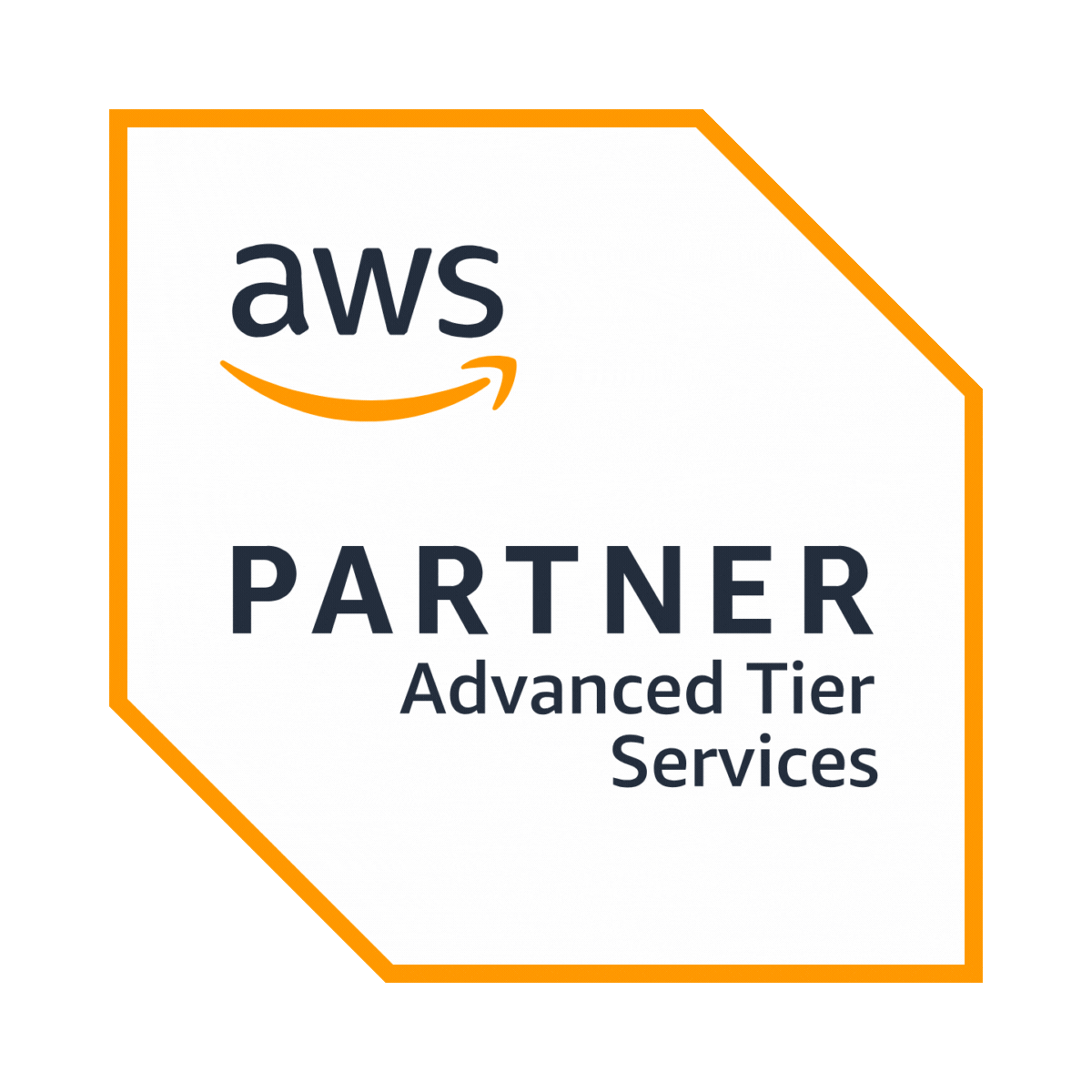A complete guide to SaaS cloud migration
How businesses can move to the cloud efficiently
The shift to cloud-based SaaS (Software as a Service) solutions is a critical part of digital transformation for enterprises today. Companies are moving from on-premise and legacy applications to SaaS to achieve scalability, reduce operational costs, and enhance agility.
According to Gartner, global end-user spending on SaaS solutions is expected to reach $232 billion in 2024, reflecting the accelerating adoption of cloud-native applications.
However, successful SaaS cloud migration requires a well-structured approach to avoid downtime, data loss, and security vulnerabilities. This blog explores the benefits, key strategies, and best practices for SaaS cloud migration, supported by industry statistics and expert insights.

Why businesses are moving to SaaS-based cloud solutions
1. Cost optimization and scalability
One of the primary reasons businesses migrate to SaaS is cost efficiency. Traditional on-premise infrastructure involves high capital expenditure (CapEx) for hardware, maintenance, and IT personnel. In contrast, SaaS follows an operational expenditure (OpEx) model, allowing businesses to pay for what they use.
Industry insight
86% of enterprises say cloud adoption has improved their cost efficiency, according to Flexera’s 2023 State of the Cloud Report.
By 2025, cloud-native platforms will serve as the foundation for over 95% of new digital initiatives, per Gartner.
2. Enhanced agility and faster deployment
SaaS applications allow companies to quickly roll out new features, updates, and security patches without downtime. This agility is crucial for businesses looking to stay competitive in dynamic markets.
Industry insight
- Migrating to SaaS solutions reduces time-to-market by up to 40%, as noted in a McKinsey report.
- Organizations leveraging SaaS experience three times faster product innovation cycles than those using traditional IT setups (IDC).
3. Improved security and compliance
With increasing cyber threats, SaaS providers implement robust security measures, including encryption, multi-factor authentication, and compliance frameworks such as GDPR, HIPAA, and SOC 2.
Industry insight
- 81% of organizations state that security is a key driver for cloud migration (Cybersecurity Insiders).
- 70% of cloud breaches originate from on-premise environments, highlighting the security advantages of cloud-based SaaS solutions (IBM Security Report).
4. Seamless integration and flexibility
SaaS platforms offer API-driven architectures that enable smooth integration with existing enterprise applications such as CRM, ERP, and analytics platforms. This enhances business process automation and data-driven decision-making.
Industry insight
- 75% of large enterprises will operationalize AI-driven SaaS applications to improve efficiency by 2026 (Gartner).
- 72% of CIOs prioritize cloud integration capabilities when selecting SaaS vendors (IDC).

Key strategies for a successful SaaS cloud migration
1. Conducting an application assessment
Before migrating, organizations must evaluate their existing applications to determine:
- Suitability for SaaS migration (Rehost, Replatform, or Refactor)
- Data dependencies and security risks
- Compliance requirements
2. Choosing the right cloud service model
Depending on business needs, companies can opt for:
- Single-tenant SaaS (greater security and customization)
- Multi-tenant SaaS (cost-effective and scalable)
- Hybrid SaaS solutions (combining cloud and on-premise)
3. Selecting the right cloud provider
Popular choices include:
- AWS SaaS Factory for end-to-end cloud migration solutions
- Microsoft Azure SaaS migration tools for enterprise apps
- Google Cloud SaaS solutions for AI and machine learning capabilities
4. Data migration and security planning
- Implement secure data transfer methods such as encryption and VPN tunnels.
- Use automated migration tools to minimize downtime.
- Ensure disaster recovery and backup strategies are in place.
5. Performance monitoring and optimization
After migration, businesses must:
- Continuously monitor application performance using cloud-native tools (AWS CloudWatch, Azure Monitor, etc.)
- Optimize SaaS applications with auto-scaling and load balancing
- Analyze cloud cost trends to prevent overspending
Best practices for saas cloud migration
1. Adopt a phased migration approach
Instead of moving all applications at once, organizations should start with non-critical applications before transitioning mission-critical workloads.Example: A Fortune 500 retail company used an incremental migration strategy and reduced downtime by 60% while shifting to a SaaS-based ERP system.
2. Leverage automation for seamless migration
Using Infrastructure as Code (IaC) tools like AWS CloudFormation or Terraform ensures repeatable and efficient migrations.Example: A fintech company used Kubernetes-based containerization to migrate legacy apps to cloud-native SaaS, reducing infrastructure costs by 35%.
Ensure compliance and governance
- Perform security audits before and after migration.
- Maintain data residency and sovereignty compliance as per industry regulations.
- Use role-based access controls (RBAC) to minimize security risks.
Example: A healthcare SaaS provider followed HIPAA and HITRUST compliance during migration, ensuring zero security breaches.
3. Train teams for cloud operations
Providing hands-on training on cloud governance, FinOps, and security best practices is crucial for long-term success.Example: A manufacturing company trained its IT teams on AWS SaaS security best practices, reducing cloud misconfigurations by 40%.
Conclusion
SaaS cloud migration is more than just shifting applications to the cloud—it is about modernizing IT infrastructure, enhancing security, and improving business agility. Organizations that adopt a structured migration approach, leverage automation, and ensure compliance will gain a competitive edge in today’s digital-first world.Whether you are migrating legacy applications or transitioning to cloud-native SaaS architectures, following best practices will help ensure a seamless and cost-efficient migration.














